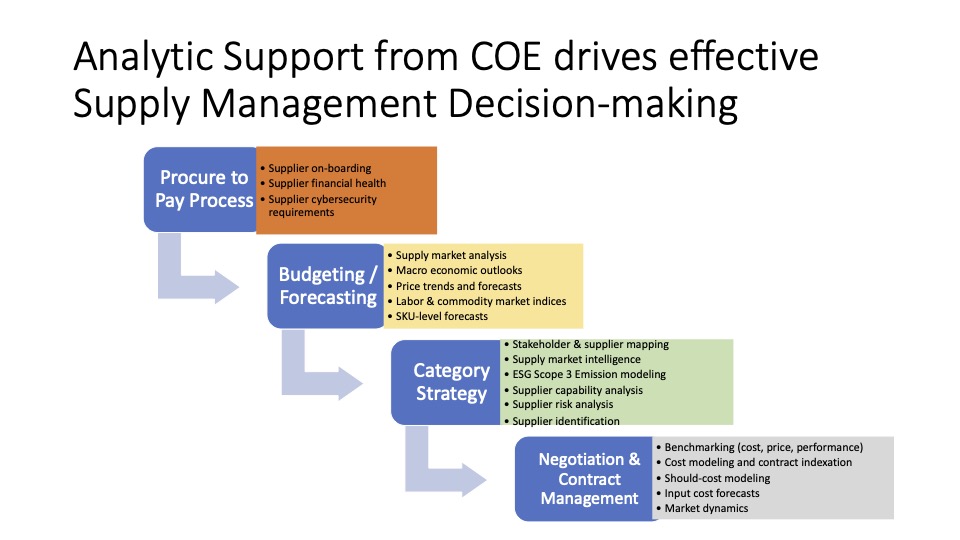Supply Planning – Federal Express and Tires
Tires. Let’s face it – they are everywhere. Tires are one of the biggest eyesores at many major projects. One energy company buys them new from two suppliers, who are the only producers of these tires in the world. The wear on these tires from the trucks and the harsh conditions causes a short wear cycle, with a resulting stockpile of worn tires piling up. They are everywhere. People try to use them as guideposts, spray paint them, and even put them up as displays in front of the visitor center. Let’s face it – people doesn’t know what to do with these tires.
At one company we visited, a sourcing strategy team looked at the problem of tires two years ago, and came to the conclusion that the current suppliers were very content with their current position as a duopoly. This strategy was not aligned with another strategy that had resulted in the contract for trucks alternating between two different manufacturers, seven times in the last seven years. It’s tough to be able to standardize a tire, when you haven’t standardized on a truck.
Consider the case of Federal Express. They discovered that their truck tires had a life of approximately 30,000 miles, even though the manufacturer claimed that the life was 50,000 miles. A cross-functional team looked at the problem, and discovered that the reason for the short life cycle was due to the fact that tires were subjected to a great deal of sidewall stress, due to FedEx employees pulling up to the curb and wearing down the sidewalls prematurely. So how did they deal with the problem?
They engaged with one of their tire manufacturers in a strategic partnership. They brought transportation engineers to the table, and they discussed the fundamentals of tire technology. They discussed stress factors, tire pressure, resistances, and other technical elements that went into a tire design. And in the end, they designed a tire that would meet the rigors and daily abuses subjected during the daily schedule of a FedEx driver. They even designed different tire recommendations for rural versus city drivers, based on their routes, and recommended these changes to the supply management team. The team then worked on a target pricing model, that would involve marginal price increase of 5% on these custom tires, yet would increase the life of the tire from 30,000 to 80,000 miles.
What is the total cost of ownership associated with this savings? You figure it out.
What level of Supply Planning is your organization at? How aligned are your teams with the other teams working on seemingly but interrelated strategies?
- Categories:


